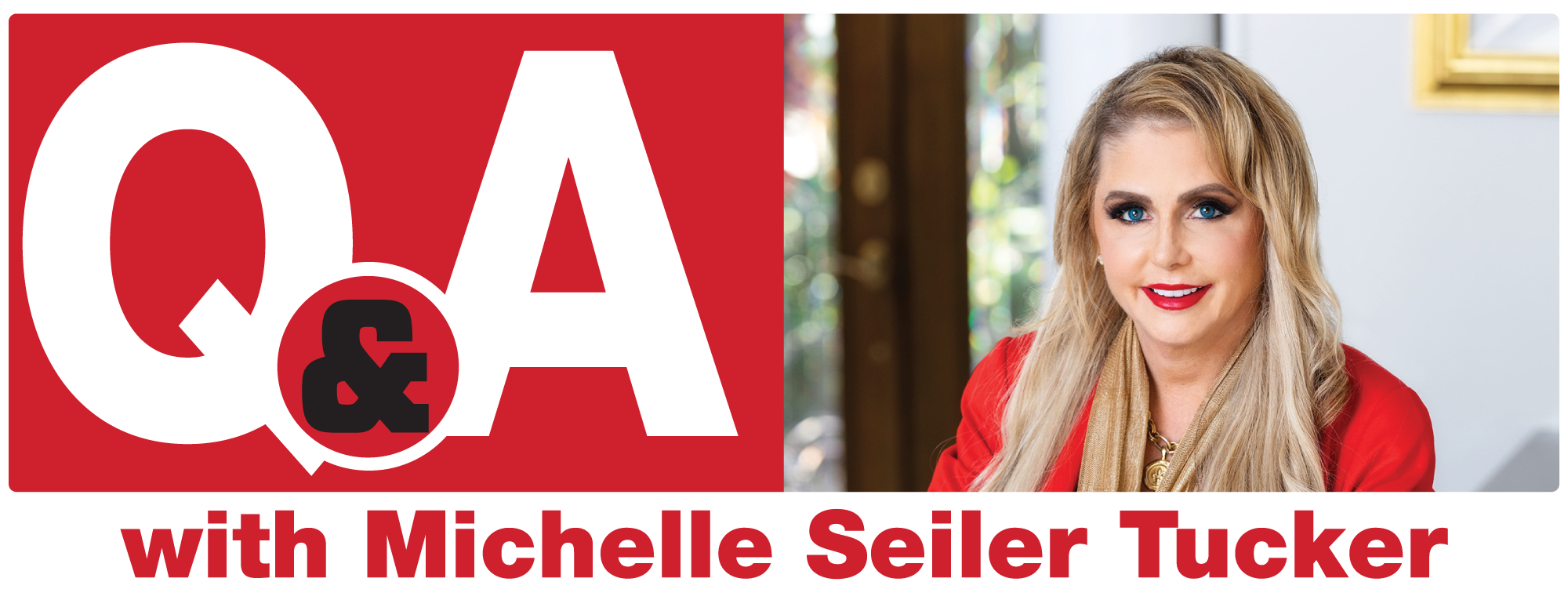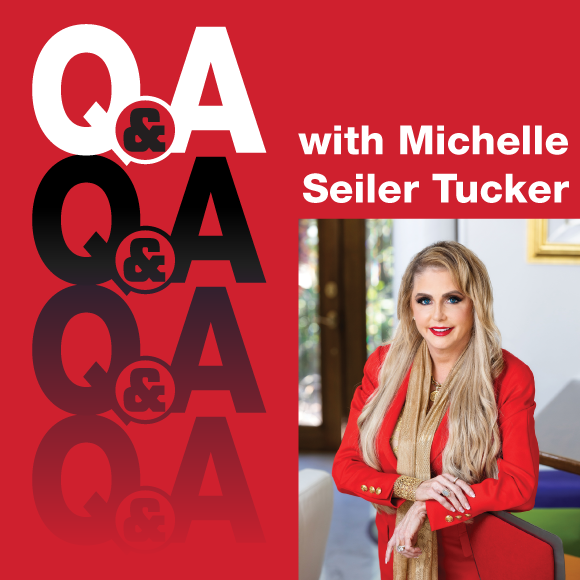
Formidable business leader on exit strategy
A leading authority on buying, selling, and improving businesses, as well as increasing business revenue streams, Michelle Seiler Tucker knows more than a thing or two about strategy. She shares her knowledge and experience in her book, “Exit Rich: The 6 P Method to Sell Your Business for Huge Profit,” and as the Founder and CEO of Seiler Tucker Inc. She has sold hundreds of businesses, and currently owns and operates several successful ones herself. She has appeared in Forbes, Inc., CNBC and Fox Business.
Why should small business owners be thinking about an exit strategy from day one?
Small business owners should think about an exit strategy from day one. However, my reasoning has changed slightly over the years. When I wrote “Sell Your Business for More Than It’s Worth” in 2013, I discovered that 85‑95% of all startups will go out of business in the first one to five years. Startups were at great risk.
When I wrote “Exit Rich” in 2019 and did the same research, I found that the landscape had changed dramatically. Now, only 30% of startups will fail within one to five years and, out of 27.6 million businesses, a whopping 70% that have been in business for 10 years or longer will fail. Those are startling statistics. We hear about the big box stores closing down locations, but we never hear about the small businesses everywhere across the nation that are dropping like flies.
There are 30.2 million businesses in the United States. Small business is the backbone of our economy, employing over half of the U.S. workforce. If 70% go out of business, that means a lot of jobs will be lost.
Small business owners should be thinking about an exit strategy from the start in order to exit their business with maximum profit. Most entrepreneurs never think about selling their company until they have to, or until an internal or external catastrophic event occurs. When this happens, however, their business is usually trending down, and it will not be worth nearly as much in the eyes of potential buyers. The best time to sell your business is when it is doing well.
What defines a good exit strategy?
A good exit strategy is planned from the day you buy or start your business. At Seiler Tucker, we have a five‑step plan called the ST GPS Exit Model®. The first step is to determine your destination, or desired sales price. This is when you need to think about what sales price will make you happy while staying true to the actual value of your company.
Secondly, you must know your current location, or the value of your company. You must work with an M&A advisor on an annual basis to look under the hood of your business, determine your current value, and inspect your value drivers (or the ST 6 P’s®).
Next, you have to identify who your buyers will be. You need to understand what buyers are looking for and build your business to suit their specific buying criteria. Then, you have to know your time frame and when you want to exit your company. This is relative and depends upon a person’s age, the economy, and the appetite for wanting to exit.
Finally, you need to know your WHY for wanting to sell your business for your desired price in your specified time frame. If you leave out this key ingredient‑your WHY‑the sales price will never rise to your desired expectations.
Why is it best to sell when business is thriving?
It makes sense that when business is booming, your valuation will be higher. Also, not many buyers are looking to buy a business that is on a downtrend. There are more buyers for good businesses than there are good businesses to buy. These buyers want a business that is already profitable so they can recoup their investment and begin making money as soon as possible.
Even if a turnaround specialist is interested in an underperforming business, it would be impossible to maximize value. The timing of the sale of your business is just as important as your exit strategy and the characteristics listed above. This is why you should AIM: Always Innovate and Market.
What are some of the biggest mistakes small companies are making right now that lead to unnecessary business failure?
The biggest mistake that business owners make is not planning their exit strategy and being forced into selling. In turn, another mistake I see is that owners end up working in their business instead of on their business. If a business owner is working in their business, they will not have as much time to spend on growing and developing their exit strategy.
Small companies fail to always innovate and market (AIM). When companies stop innovating and marketing, they may end up in a dying industry and they are not able to pivot to meet the demands of a changing market. Blockbuster is a perfect example of this. Even though they saw the writing on the wall, they did not innovate. They chose not to pivot and went out of business while Netflix capitalized on the changing market trends.
Finally, business owners make a mistake of not establishing official processes with the customer experience in mind. If you do not create your processes focused on the client, you will not be in business for very long. This will lead to a lot of unhappy customers who tend to tell other potential customers.
What are some of the immediate steps for scaling and preparing a business for a profitable exit, even in a recession?
The two most important steps that small business owners can take, even in a recession, is to implement the ST GPS Exit Model® and to make sure your business is running on all ST 6 P’s®.
The ST GPS Exit Model is a step‑by‑step blueprint for building, scaling and selling your company. Having a framework like this will help you keep your effort and energies focused on where you want to take your business.
The ST 6 P’s‑People, Product, Process, Proprietary, Patrons, and Profits‑are the value drivers of your business which are essential for maximizing your value when it comes time to sell.
Having committed people and tenured management teams can act as a value driver as they are directly involved with the direction and growth of your company.
Products are the products or services that are offered by your company. You should always design with the customer experience in mind.
Processes refers to operating procedures and employee handbooks. If established and well documented, they can be used to demonstrate how efficiently and orderly a business is run, increasing what your business is worth.
Proprietary refers to any intellectual proprietary such as brands, patents, trademarks, databases, processes, or contracts that are transferable. Assets such as these can act as one of the largest value drivers of a company. Consider the Apple brand, which is worth $352 billion dollars alone.
Patrons refers to the customers your company serves. A diversified customer base can reduce cash flow risks and greatly increase your company’s value.
Last but not least, profits matter. EBITDA is the most important profitability metric to consider as many valuations are based upon a multiple of this metric. Therefore, the higher your EBITDA, the higher the price you can demand in the sale of your business. Keep in mind, profits are never the problem, they are always a symptom of not operating on the other five cylinders. These six characteristics, the ST 6 P’s®, are pertinent to scaling and maximizing the profit from the sale of your business as they can affect the multiple used to value your company. To find out if your business is operating on all 6 P’s, visit www.seilertuckeracademy.com/st-6p/quiz.
This Q & A appears in the new March/April 2021 issue of Connect magazine published by NextPage, which can be found online here. If you would like a free print subscription to Connect, please click here.

